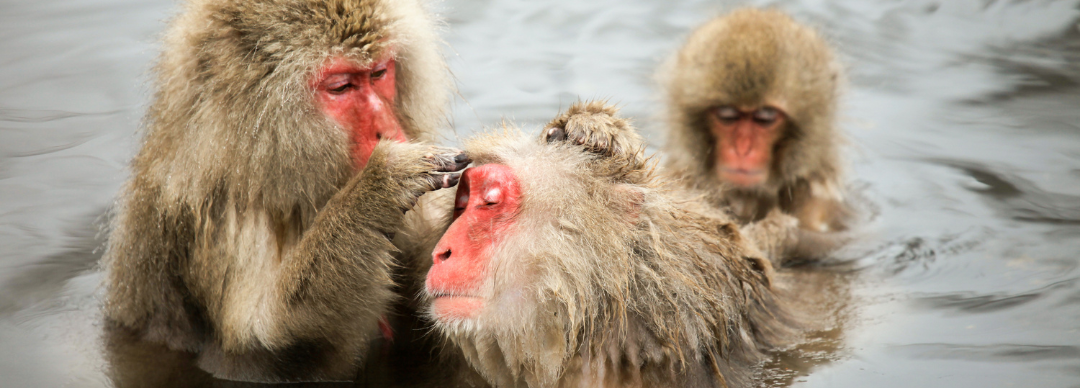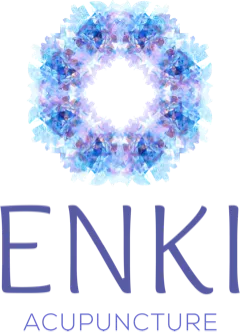
Acupuncture for Headaches and Migraines: Balancing Yin and Yang for Effective Relief
Introduction
Headaches and migraines are common ailments that can significantly impact your daily life. Western medicine can offer various treatments to manage these conditions, but traditional medicine provides a holistic approach. Acupuncture focuses on rebalancing the yin and yang Qi circulation in the meridians. Here we explore the different types of headaches and migraines and their causes from both Western and traditional medicine perspectives. We also look at the effectiveness of acupuncture as a treatment by addressing both the root and the branch of the problem.
Understanding Headaches and Migraines
Headaches and migraines are complex conditions that manifest in various ways. Common types of headaches include tension headaches, migraines, cluster headaches, frontal headaches, occipital headaches, and heavy-headedness. Each type may have unique characteristics and triggers.
The Traditional Chinese Medicine Perspective
In TCM, headaches are considered symptoms of the disharmony of yin and yang Qi circulation in the meridians, which are the energy pathways in the body. Identifying the affected meridians is crucial when designing the acupuncture treatment. Here are some examples of how different types of headaches are associated with specific meridians:
-
Migraines: Migraines are often related to imbalances in the lesser yang meridian. They typically cause severe throbbing pain on one side of the head and are associated with symptoms such as nausea, vomiting, and sensitivity to light and sound.
-
Frontal Headaches: Frontal headaches are linked to imbalances in the yang brightness meridian, which runs along the forehead. These headaches are often associated with heat or cold patterns related to Spleen deficiency.
-
Occipital Headaches: Occipital headaches are connected to imbalances in the greater yang meridian, which runs along the back of the head and neck. Acute cases are usually treated as Lung deficiency, while chronic cases are attributed to kidney deficiency.
-
Headaches on Top of the Head: Headaches on top of the head are linked to the Liver meridian. These may be caused by imbalances in the Liver, leading to symptoms like irritability and a sensation of tightness in the head.
-
Blood Stasis Headaches: Blood stasis headaches are characterized by pain that feels like the head is caught in a vice. This condition is treated as a pattern of Spleen deficiency with Liver Excess Blood Stasis. The main meridians used in this treatment are the Liver and Gall Bladder meridians. Note that migraines are often mistaken for blood stasis headaches, but they are more commonly a result of a Liver Yin deficiency Heat pattern (blood deficiency).
Acupuncture Treatment Approach
Effective acupuncture treatment for headaches requires a comprehensive approach that addresses both the root cause and the presenting symptoms (branch). Acupuncture points on the affected meridians are stimulated to rebalance the qi flow, promoting healing and pain relief.
When diagnosing the branch treatment to the head, it is essential to determine whether the condition is an excess or deficiency pattern. Excess patterns typically cause more pain on gentle touch of the head, while deficiency patterns feel better when gently touched. Deficiency patterns respond well to gentle needling on the painful areas of the head.
In cases of blood stasis headaches, pricking DU20 to release a few drops of blood may be beneficial. Additionally, if headaches are caused by stiff shoulders, acupuncture and moxibustion on the shoulders may be incorporated into the treatment plan.
Conclusion
Acupuncture is effective in alleviating headaches and migraines by addressing both the root and branch of the problem. TCM's holistic approach, which focuses on balancing the yin and yang Qi circulation in the meridians, offers a valuable alternative or complementary treatment is you're seeking natural and lasting relief from headaches. When diagnosing the root cause, following the basic principles of diagnosis in Classical Japanese acupuncture can further enhance the efficacy of treatment.
Always seek professional advice from a qualified acupuncturist to tailor a personalised treatment plan that suits your specific condition. Remember, treating the root and the branch is the key to restoring harmony and promoting overall well-being.

